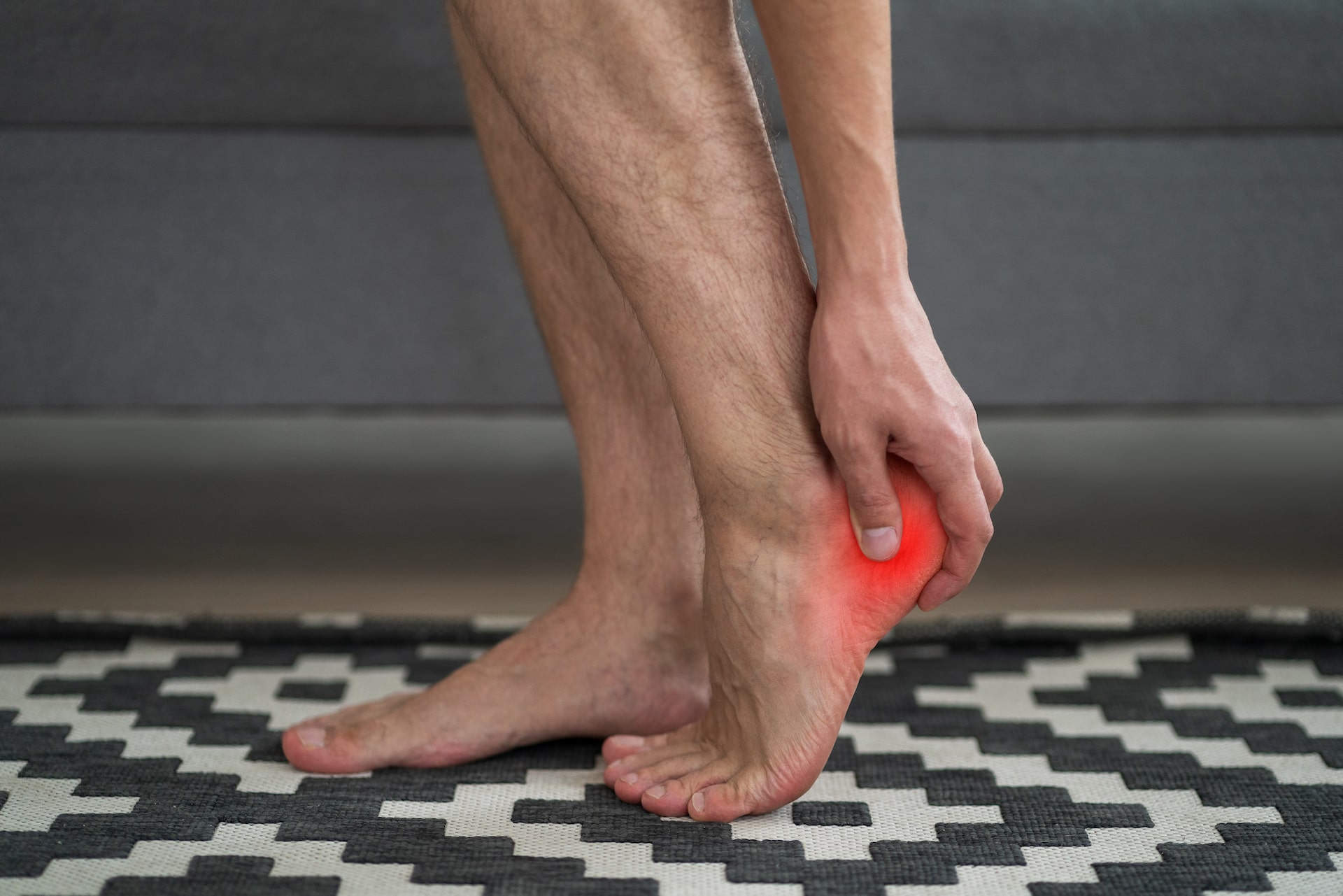Surface area
The safest, best flip-flops will have a significant amount of surface area contact between the bottom of the foot and the sandal. As a general rule, the more contact there is between the sandal and the foot, the more supportive the flip-flop will be. However, if you have particularly flat feet, a large amount of surface area contact may be misleading in terms of surface area. You will also need to pay attention to arch support and other factors. Look for sandals that have a footbed that hugs your feet the way the insole of your tennis shoe hugs the foot. Your flip-flop should be wide enough to reach both sides of the foot and have arch support. Your toes should not curl over the ends of the sandal.
Stability
In addition to surface area contact, there are other aspects of the sandal that need to be examined. The width of the straps over or around the foot are directly related to the stability of the sandal. Select flip-flops with wider straps, and preferably straps that are adjustable so you can customize the fit across the top of the sandal to your foot. In addition to examining the straps, surface area, and arch support, pick up the flip-flops and try to bend them. A flip-flop should only bend easily at the ball of the foot like any other shoe. Flip-flops that can easily be bent in half or twisted anywhere else will not offer good stability and should be avoided.
Material
While flip-flop style sandals come in a variety of materials and styles, leather is the best option. Leather will hug the foot with less likelihood of irritation. It is also durable and less prone to sudden damage. Avoid plastic or rubber flip-flops at all cost, as they provide no support or stability and are prone to breaking along the straps while you walk. Leather is able to withstand greater wear and tear and is far less likely to suddenly break or fall apart.
Safety
For added safety assurances, look for flip-flops or other sandals that carry the American Podiatric Medical Association (APMA) seal of approval. Regularly inspect your sandals, whether APMA approved or not, for damage. As soon as you notice tears or severe wear, discard them and select a new pair. If the toe thong irritates your foot between the toes, look for a better-fitting pair, since this irritation may lead to blisters or even infections.
If you regularly wear flip-flops, avoid wearing them while doing yard work, sports, or when walking long distances, and do not ever run in flip-flops. For everyday wear and walking shorter distances, properly fitting sandals generally pose very little risk of injury; however, these sandals are not meant to be worn as any type of protective footwear, and they do not provide the necessary stability required for physical activity. Wearing flip-flops while doing yard work, participating in sports, or walking long distances greatly increases your risk for foot and ankle injuries.
Finally, when in public, never walk barefoot. At the gym, public pool, at the beach, or in a hotel room, flip-flops are a good option to protect the soles of your feet from plantar warts, athlete’s foot, and other infections.
A final word
If you have suffered from foot, ankle, or leg injuries related to flip-flops, do not hesitate to call Kansas City Foot Specialists to schedule an examination. Be sure to bring your flip-flops with you so your podiatrist may examine them as well. Call us today at 913-338-4440 or contact us online.



